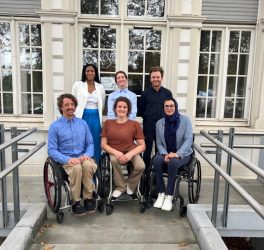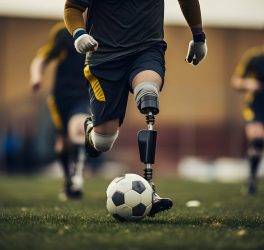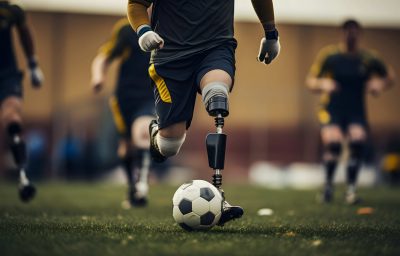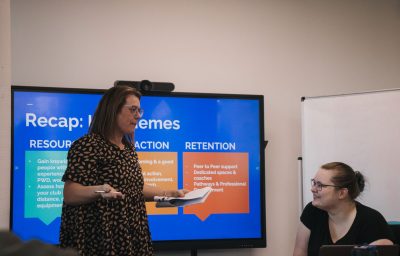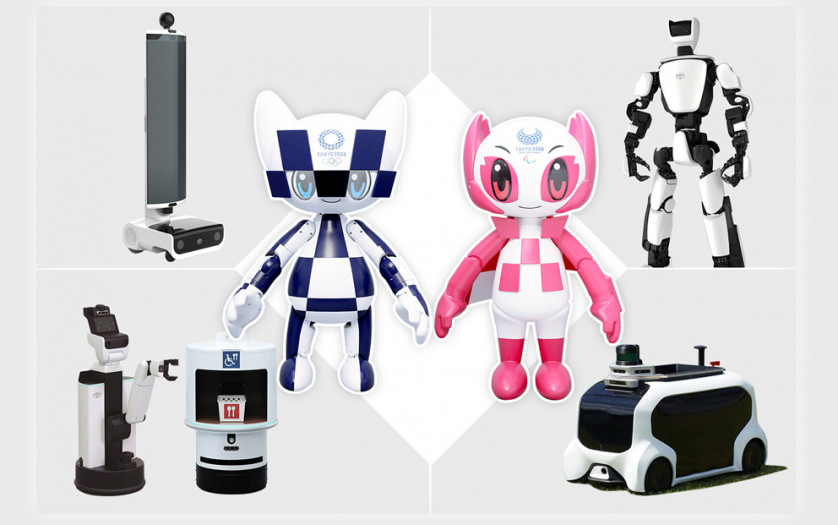
Tokyo – Toyota aims to provide mobility solutions that go beyond providing official vehicles for the Olympic and Paralympic Games Tokyo 2020. Toyota is doing this is by participating in the “Tokyo 2020 Robot Project”, a project led by the Tokyo Organising Committee of the Olympic and Paralympic Games (Tokyo 2020) that brings the government, Tokyo Metropolitan government, as well as Games’ partners together with experts in the field of robotics. At Tokyo 2020, the robots to be introduced by Toyota will be used to support the mobility of people at various locations and venues.
“At Toyota, we use industrial robot technology for a variety of applications based on our dedication to ‘Supporting human life activities and living in harmony with people’. For example, since 2004, we have developed partner robots focused on support for people unable to move on their own, including the aging population. Now, as we transform into a mobility company, we are expanding our robotics efforts to provide all people with the freedom to move. ‘Mobility for all’ is not only the ‘physical’ movement of a person or thing from one location to another, but also includes ‘virtual’ mobility of a person. said Nobuhiko Koga, Chief Officer of Toyota’s Frontier Research Center.

HSR: Human Support Robot / DSR: Delivery Support Robot
- For a portion of the accessible seating seats at the Olympic Stadium, the Toyota Human Support Robot HSR will guide guests to their seat and convey light meals, goods, and etc. for them, helping them to more freely enjoy the competition
- Also, the Toyota Deliver Support Robot DSR, specially developed for Tokyo 2020, will directly deliver drinks and other goods to spectators that they have ordered from a dedicated tablet
- At track and field events, with approx. 500 seats during the Olympic Games and another 500 for the Paralympic Games, the robots are anticipated to serve over 1,000 spectators requiring mobility assistance (Each section is expected to have 16 rows with 32 seats)

